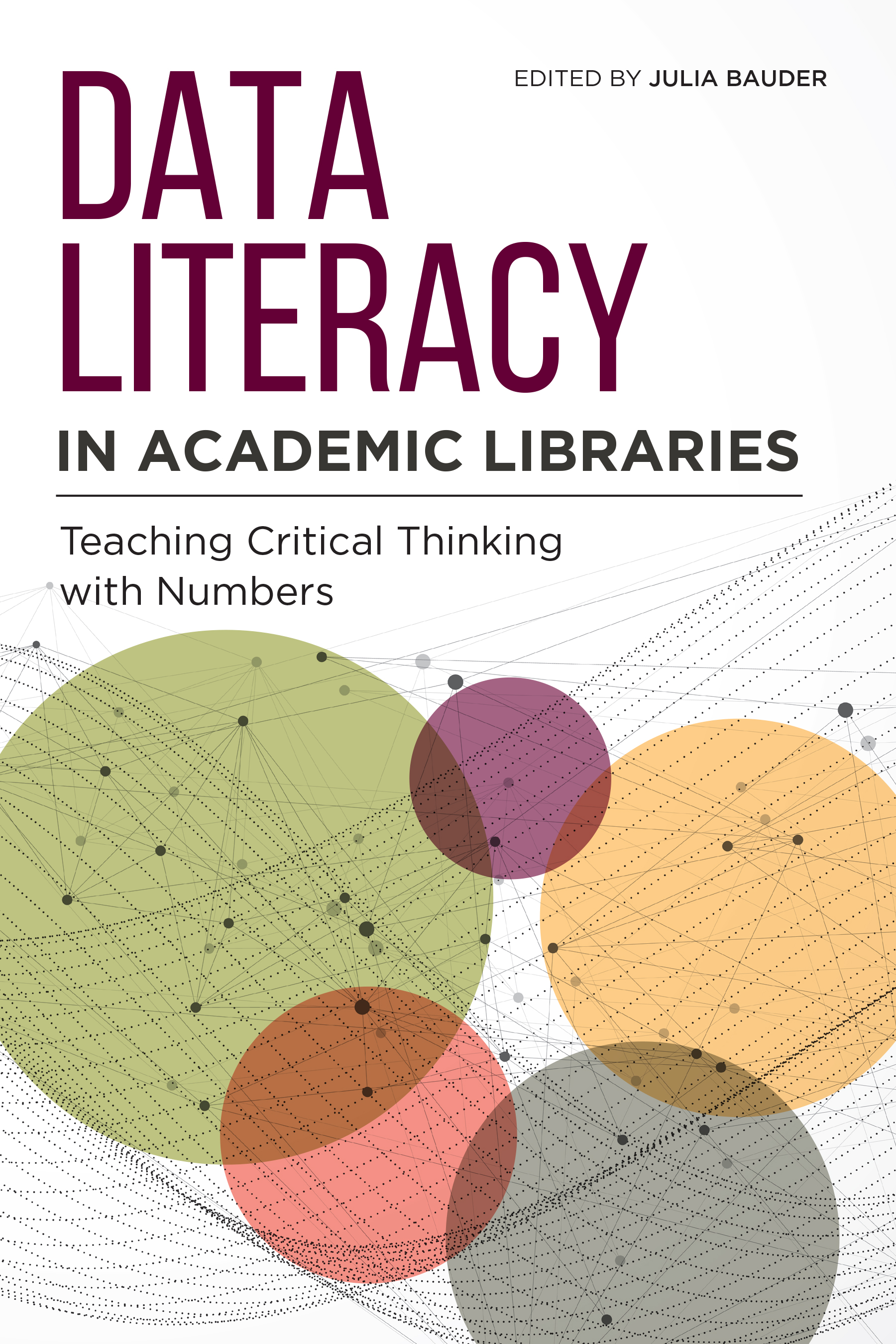Data Literacy for the Math Phobic
a guest post by Julia Bauder
Millions of people around the world have math phobia. Although estimates of the prevalence of math phobia vary, it seems likely that tens of millions—maybe even over 100 million—people in the United States alone have negative feelings towards math. Perhaps you are one of them. But even if you do math problems for fun (*) many of your patrons likely struggle with anxiety, frustration, and more when they have to think about numbers.
Unfortunately for those with math phobia, the world is inexorably becoming more data driven. By some estimates, every minute of the day people make over two million new posts on social media—each one of which generates countless datapoints. Decisions that were once made based on human intuition are now made by number-guzzling algorithms. Students are responding by declaring quantitatively-oriented majors such as computer science and data science at an increasing pace, while enrollments in the humanities wane.
 What can math-phobic librarians and library users do in the face of this quantitative onslaught? Fortunately for librarians, most of our skills in information evaluation are equally useful in evaluating the quantitative form of information known as data. No math needs to be involved in the initial evaluation of a dataset!
What can math-phobic librarians and library users do in the face of this quantitative onslaught? Fortunately for librarians, most of our skills in information evaluation are equally useful in evaluating the quantitative form of information known as data. No math needs to be involved in the initial evaluation of a dataset!
For example, here are some easy, no-math-required steps to start evaluating data:
- Who generated this data? Are they a reliable source? How can you tell?
- Why was this data generated? How might the intentions of the people who created this dataset shape the way a user might interpret the data?
- Was this data collected ethically? Were the people whose data is included aware that their data would be used in this way?
- Who has been included in or excluded from the dataset? For example, scores of scholarly papers have been published based on data drawn from Twitter, ranging from studies of how conspiracy theories spread to the geographic distribution of mentions of healthy and unhealthy foods. However, by choosing to study Twitter users, these researchers are neglecting people who are less likely to use Twitter: people who are older, poorer, and less educated.
Whether your patrons are college students white-knuckling their way through a required statistics class or older adults, decades after their graduations, who still wake up in a cold sweat after nightmares about high school math tests that they forgot to study for, encouraging the evaluation of data from a non-mathematical perspective can help people with math phobia approach this important aspect of the world on terrain that might feel more comfortable to them. Even more importantly, this approach also highlights often-ignored aspects of data that are important for everyone, data users and data avoiders alike, to understand in an increasingly data-driven world.
* No shame if you do! I do the New York Times Digits puzzle every day!
Learn more at the ALA Store.
